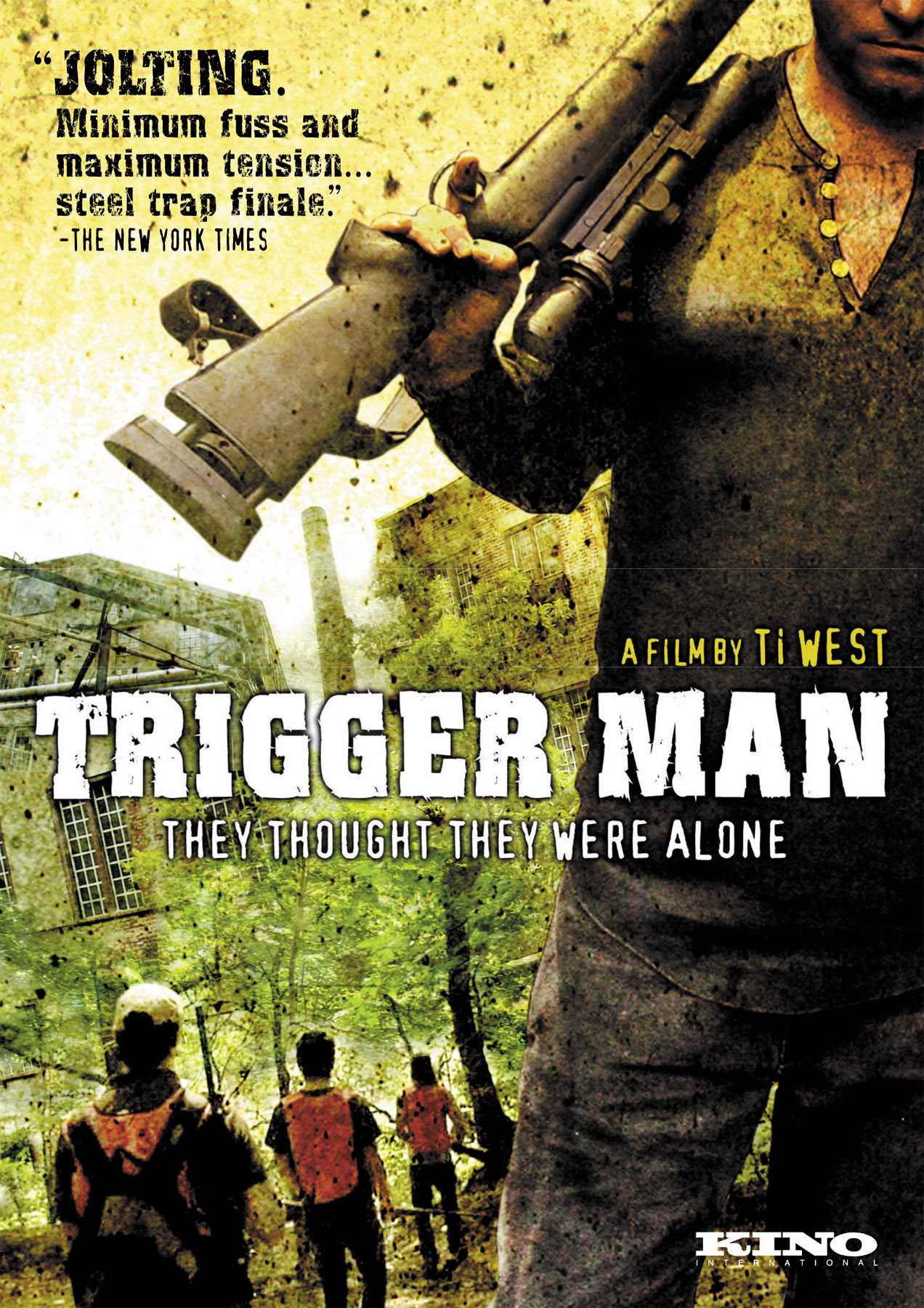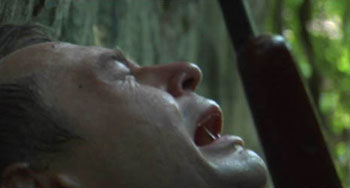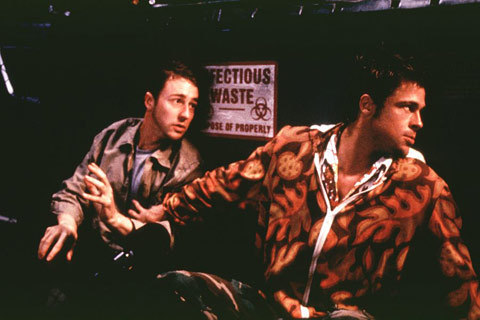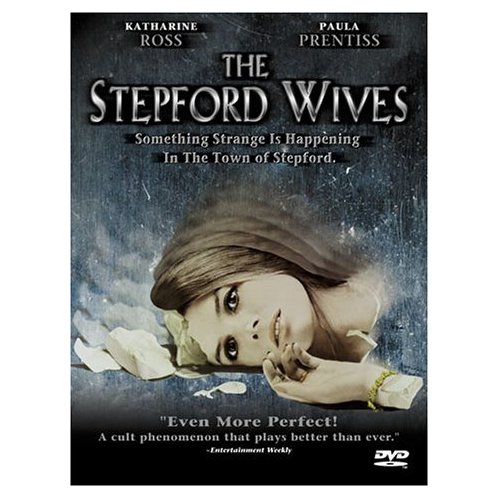Dir. Alan J. Pakula
Starring: Dustin Hoffman, Robert
Redford, Jason Robards, Jack Warden
All the President’s Men is not so much about the corridors of power
as it is about the darkened car parks of power. The office complexes of power.
The suburban homes of power. For anyone who loves conspiracy theories, this
film is a must see.
The film deals with a conspiracy
and a cover-up. And it is, of course, a true story. Five men were arrested in the
offices of the Democratic National Committee on the night of 17th
June 1972. This could have been put down to a simple bungled burglary and
forgotten about. But rookie Washington
Post reporter Bob Woodward smelt a rat. If the suspects had not made any phone
calls then how did a high-powered lawyer know to get there to represent them?
With his colleague Carl Bernstein they began to follow the trail. The trail led
to individuals within CREEP (the Committee to RE-Elect the President – the
‘President’ being Richard Nixon of the Republican Party). Campaign funds were clandestinely used to pay the burglars (all ex-CIA assets). Those campaign funds were overseen
by a group of powerful individuals, some inside the White House itself –
including former Attorney General John Mitchell and White House Chief of Staff
H. R. Haldeman. This money was used by a prolonged campaign to undermine
Nixon’s Democratic Party opponents through dishonest, immoral and illegal means
that involved elements of the FBI, CIA and Justice Department: “ratfucking”. Through diligent reporting
and chasing down every lead they come across Woodward and Bernstein are able to
print the truth. The film ends with the series of headlines that followed their
scoop – guilty pleas, criminal charges and, finally, the resignation of
President Nixon.
The other reason conspiracy nuts
should see the film is to witness one very simple truth. “Forget the myths the media’s created about the White House”,
Woodward’s contact Deep Throat (Hal Holbrooke – last seen as Ron in Into the Wild) says: “The truth is, these are not very bright
guys, and things got out of hand.” This was a major cover-up by people
whose asses were directly on the line, and they couldn’t keep a lid on it. How
likely is it that they could hide the existence of, say, extraterrestrial technology
all these years then? And the irony is that Nixon didn’t have to go undermining
his Democratic opposition; they were doing a good enough job of undermining
themselves. In ’72 Nixon beat McGovern by a landslide. As Scott, the Post’s Foreign Editor comments: “Why would the Republicans do it? McGovern’s
self-destructed just like Humphrey, Muskie, the bunch of them. I don’t believe
this story. It doesn’t make sense”. What comes out, however, is that the
Democratic candidates’ implosions may have been orchestrated by those close to
a President who was at one point lagging in the polls behind Democratic
front-runner Edmund Muskie. “A year
before Nixon wasn’t slaughtering Muskie, he was running behind Muskie, before
Muskie self-destructed.” “If he self-destructed…”
This strikes at the very heart of
the American dream. Nixon later claimed that “If the President does it, that means it’s not illegal”. Au
contraire. What the Watergate scandal exposed was an Executive that felt itself
above the laws of the nation. By equating opposition to the President with
treason against the state the Executive could morally justify lies, forgery,
burglary, bugging, misuse of government funds and employees. The President is
supposed to be the best of the United
States America
The doubles playing between
Woodward and Bernstein is captured beautifully by Robert Redford and Dustin
Hoffman. They may not particularly like each other, but they work together
perfectly. The two actors memorised each others’ lines so that they could butt
in and overlap each other seamlessly. They are perfectly in sync. In one scene
Bernstein flings a cookie to the typing Woodward; Woodward catches it and
deposits it, before resuming typing. That’s how in the groove they are with
each other. Throughout the acting is naturalistic, with occasional
interruptions like an aeroplane flying overhead. Some characters never appear on
screen, only being heard down the receiver of a telephone. The ensemble cast
play it like a documentary – which to a certain extent it is. The offices of
the Washington Post were recreated on
set and the stars hung around the real newsrooms to get a feel for the tempo of
the place. This is despite the outlandish subject matter – dark deeds in high
places, clandestine meetings in parking lots, “your lives may be in danger”… In fact, I would say that only once
does the film stray from this naturalism, when Woodward is leaving a rendezvous
with Deep Throat. He trots out down a darkened alleyway, the music builds, he
whips around suddenly… and no one is there. As a means to heighten tension,
very effective; as veracity, somewhat over-played in my viewpoint.
 |
| "Have you tried turning it off and turning it back on again?" Hoffman and Redford are cast against type... |
The film only takes the story of
Watergate so far. It takes it up to the point where Nixon is over-whelmingly
re-elected to the Presidency, where Woodward and Bernstein can finally prove
the link to Haldeman (“the second most
important man in this country”), and where Bradley gives them the go-ahead
to publish. The fall-out thereafter is covered by headlines on a teleprompter.
But to cover the rest of the tale, the grand juries and indictments would have
spun the movie out far too long, and would have veered away from the focus on
the two reporters. All the President’s
Men is over two hours long without this – though to be fair the story
speeds along at a breathless pace. I would advise a certain level of
familiarity with the events before sitting down to watch though, otherwise the
roll-call of names and alphabet soup of acronyms can get pretty confusing. I had
to search Wikipedia to find out what the ‘Canuck letter’ that torpedoed
Muskie’s bid was – and who Muskie was, having never heard of him before.
Suffice to say that the film is a great look at how dogged determination,
forensic thoroughness and just a light sprinkling of hunches and bullshitting
can turn a seemingly unpromising little event into the world’s most famous
journalistic scoop.
What have I learnt about D.C.?
It has an awful lot of icky
concrete architecture. Actually, to be honest I already knew that, as Washington Washington Monument
Can we go there?
Oh, sure. The dignified aspects
of Washington can be seen in the background of
many shots – the Washington
Monument Washington Washington George
Washington University
Many of the scenes were filmed
back on set at Warner Brothers Studios in Burbank ,
California Washington California Dade County Justice Building
in Miami is actually Los Angeles City Hall Century City
Overall Rating: 3/5














